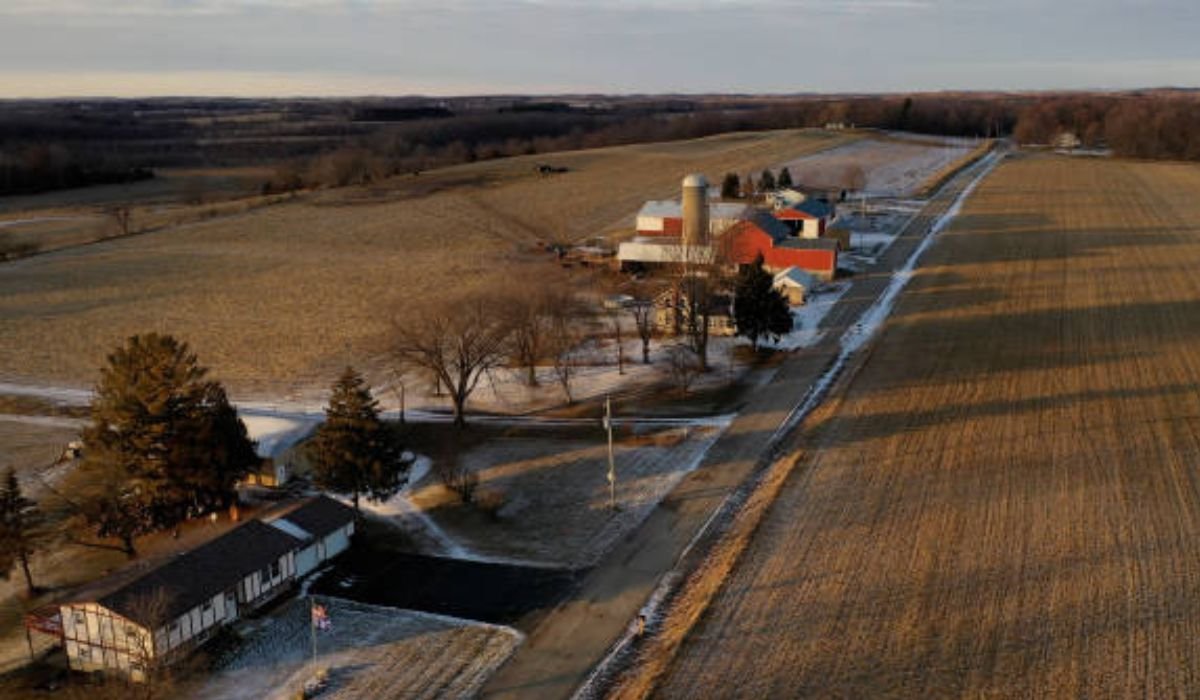Historical bridges are a testament to engineering heritage and sometimes hold cultural value. Many local governments tend to maintain and preserve them. The bridge beams in these systems are often made of wood, stone, cast iron, or steel, which helps provide stability. Preserving these beams keeps the bridges safe and functional. Here are a few ways to protect beams in historical bridges:
Identifying Potential Issues
Preserving beams begins with comprehensive assessments that identify potential issues that could lead to unsafe conditions. These evaluations are conducted by structural engineers and contractors who inspect the bridge beams. Assessments usually involve thorough visual inspections to identify cracks, rust, and other surface-level issues. Contractors also employ non-destructive testing methods, including radiography, ultrasonic testing, and acoustic emission testing. These tests check the internal conditions of the beams while maintaining their structural integrity.
Load testing also evaluates the bridge’s capacity to handle traffic. Modern traffic may exceed the original beams’ capacity. Material degradation is a common issue and stems from prolonged exposure to moisture, temperature fluctuations, and pollution. Historical bridges may also have limited documentation of construction records, which can complicate the restoration of their beams. Contractors, engineers, and beam suppliers collaborate during the assessment phase to identify and develop solutions for potential issues.
Choosing Preservation Techniques
After identifying issues, bridge system contractors select suitable beam preservation techniques. This may include regular inspections, reinforcements, repairs, and load redistribution. Inspections help identify potential problems, such as hidden weaknesses in structural elements, including beams. During such visits, contractors may remove rust using sandblasting or anti-corrosion coatings.
If the beams are made of wood, contractors apply fungicides, insecticides, and moisture barriers to protect them. They could also replace or supplement them with steel U-beams, which offer strength and enhanced load-bearing capacity. Modern beam reinforcements often involve adding steel plates to add strength. Some projects may use epoxy injections to fill cracks in concrete beams or splice new wood to reinforce old timber. Other techniques include:
- Chemical conservation: Applying consolidants and preservatives to prevent decay.
- Structural conservation: Reinforcing and replacing damaged components with historically accurate replicas.
- Major restorations: Covers repairs, replacements, and reinforcements used to address cracks, weakness, and material damage.
- Drainage improvements: Restores proper drainage to prevent water damage to the beams
- Aesthetic improvements: Involves enhancing the bridge’s original architectural features, design, and appearance.
- Load redistribution: Installing supplementary supports and decking materials to reduce strain on original beams.
Selecting Restoration Materials
Preserving beams on historic bridges may require replacing the old beams and updating them. Contractors might choose steel beams with longer lifespans and simple installations. Steel U-beams provide efficient installation with easy rigging, making it easier to lift the beams. Bolted splices enable longer beam lengths, allowing structures to be assembled in the field, which then allows for more freight to be carried on standard trucks. The steel beams are galvanized using the hot-dip technique, resulting in corrosion-free installations.
Some coatings can last for several decades, protecting the beams from environmental elements. Steel beams are also lightweight and easier to handle. Some historical bridges feature concrete or wooden beams and may require the same reinforcement materials to preserve the design. Contractors work with bridge system suppliers to determine suitable materials and components for the restoration.
Tracking Maintenance Schedules
Historical bridges require ongoing monitoring and maintenance to make sure they are safe and have continued functionality. Regular cleaning helps remove debris and vegetation that may trap moisture or cause decay. Periodic inspections also identify potential issues early, allowing contractors to fix them before they cause significant damage to the bridge system. Contractors use sensors and other monitoring techniques to track the bridge’s performance over time.
This proactive approach enables timely reinforcements and repairs, helping to maintain a safe bridge system. Contractors can also employ preventive measures, such as waterproofing, or design features that facilitate maintenance. Long-term bridge beam preservation requires routine maintenance schedules paired with compatible materials that reduce chemical reactions and visual mismatches. All repairs and reinforcements are also documented for future reference.
Find Bridge Beams Today
Bridges may last for several years, especially if they feature galvanized steel beams, but eventually degrade. Routine inspections and reinforcements help maintain the bridge’s structural integrity over the years. All reinforcements should utilize high-quality materials, employ skilled engineers, and involve certified contractors. Contact a bridge systems supplier today to learn more about preserving historic bridge beams.
READ ALSO: Top Home Investments That Are Always Worth the Money











